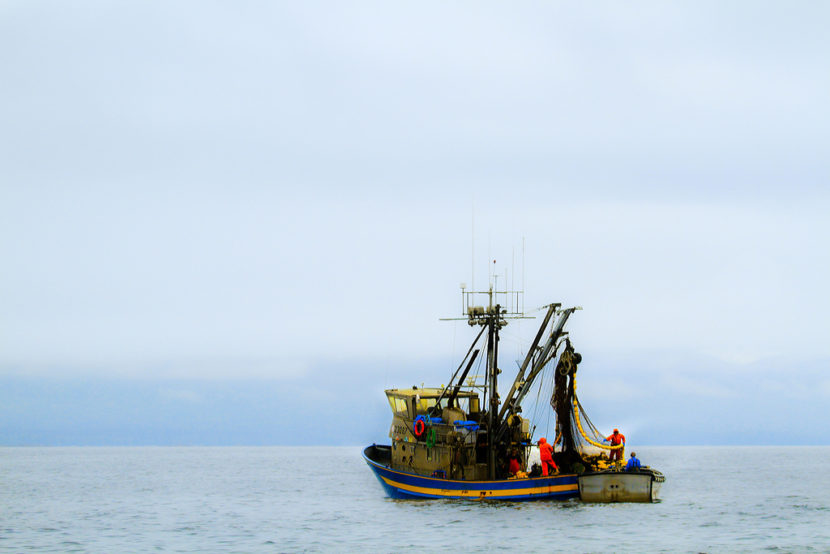Looking to Learn More About Alaska’s Fishing Industry? Alaskan Fisher Brannon Finney Fills us In.
Did you know that the average American consumes more than 15 pounds worth of fish and shellfish per year? Fish is a favorite among many and in order to meet demand, the world needs a large, active fishing industry. Alaskan commercial fisher Brannon Finney, captain of the Alaskan Girl, provides insights into the nature and scope of the fishing industry in Alaska.
“Fishing is arguably the lifeblood of Alaska,” Brannon Finney argues. “A lot of Alaskans are employed in fishing, and the state is famous for its fishing industry.”
Alaska is home to nearly 50,000 miles of tidal shoreline, over 10,000 rivers, and millions of lakes. Alaska also borders the Arctic Ocean, Pacific Ocean, and the Bering Sea, which teem with fish. Ample access to rich fishing grounds helps to explain some of the state’s success.
The Alaskan fishing industry is highly productive as well. While hauls vary from year to year in any given fishing ground, Alaska often hauls in more fish by itself than the rest of the United States combined. In fact, Alaska produces about 60 percent of America’s commercial fish. Popular fish and shellfish include salmon, four different species of crab, shrimp, herring, pollock, and Pacific halibut, among others.
“It’s certainly not just about pounds of fish caught but also quality and variety,” Brannon Finney argues. “And Alaska provides both in spades.”
Brannon Finney points out that the fishing industry in Alaska employs nearly 60,000 people directly and creates at least 10,000 more secondary jobs. In 2018, Alaskan fishers caught over 750 million pounds of fish. As for overall value, Alaska’s fishing industry cranks out about $5 billion in economic activity per year. Not bad in a state with an annual GDP just north of $50 billion.

“If you’re outside of the industry, the numbers involved can be mind-boggling,” Brannon Finney points out. “I always knew that the fishing industry was vital for Alaska, but when you break down the numbers, it’s hard to wrap your brain around it at times.”
Brannon Finney Talks Sustainability In Alaska
Alaska also prides itself on being a good steward of the fishing grounds in and near its borders. Many commercial fishers see themselves as guardians of the future, focusing on sustainable practices now so that future generations can tap into local fishing grounds.
The Alaskan government and industry experts labor to take accurate measures of fish stock and have implemented a strict but fair quota system. They also take other measures to protect ecosystems, such as controlling if not eliminating pollution. And while many governments claim to regulate fishing, few are as proactive as Alaskan authorities.
“It’s easy to respect both the end goals and also the professionalism of the Alaskan government’s fishing industry oversight,” Brannon Finney says. “Authorities really do go above and beyond, and that’s great because it’ll help ensure that fishing grounds remain viable well into the future.”
So the next time you enjoy some fish, take a moment to tip your hat to Alaska’s fishing industry.





